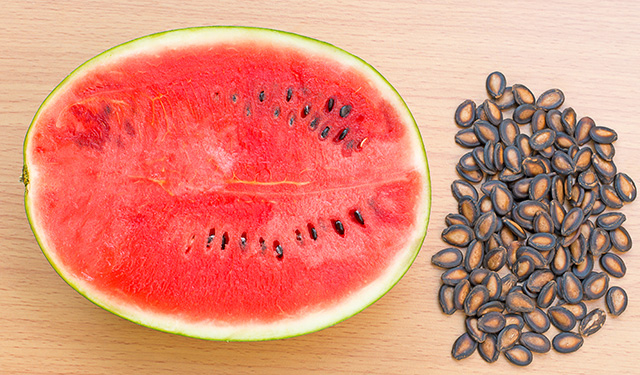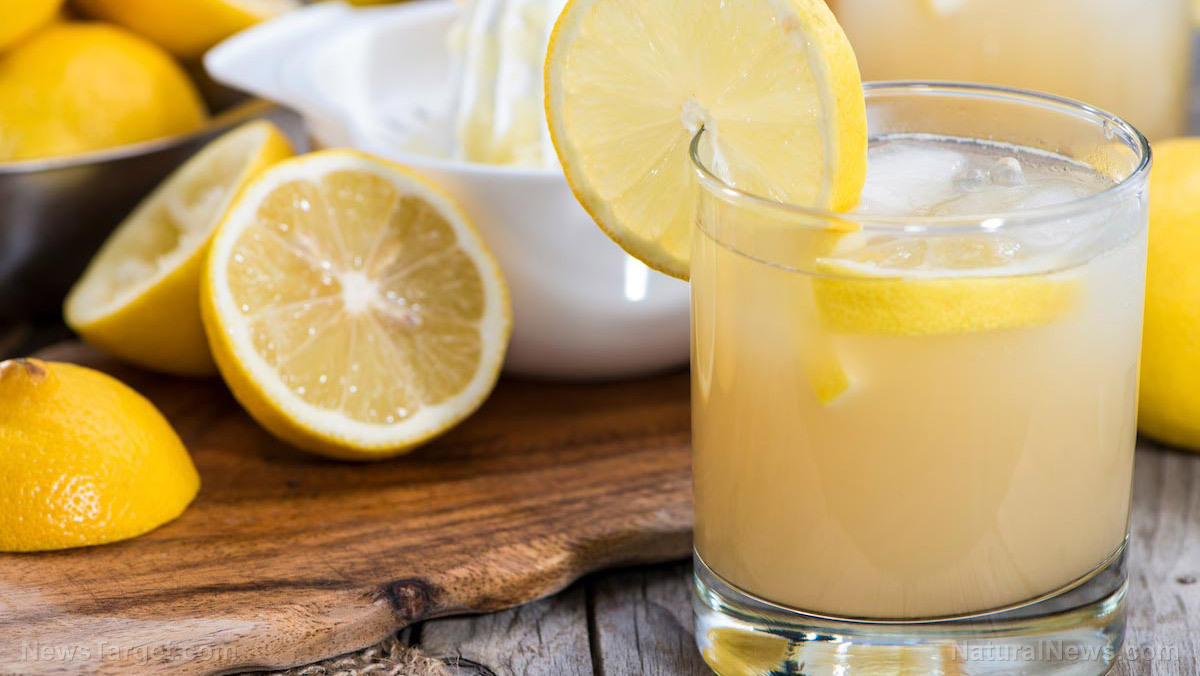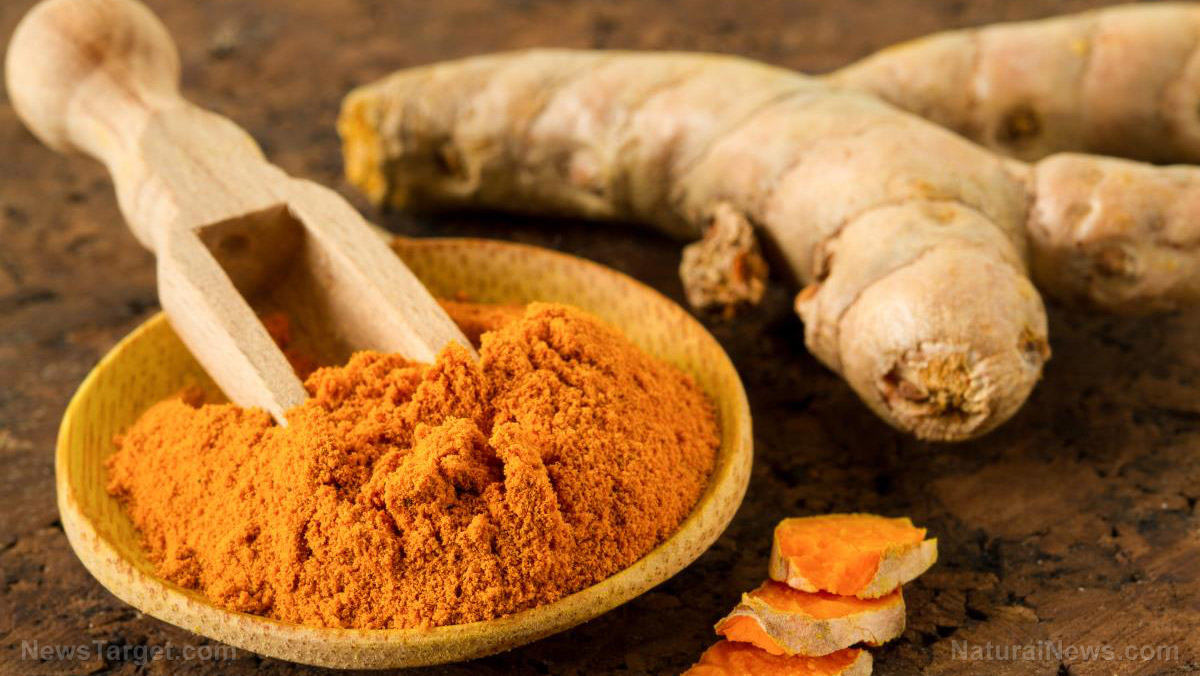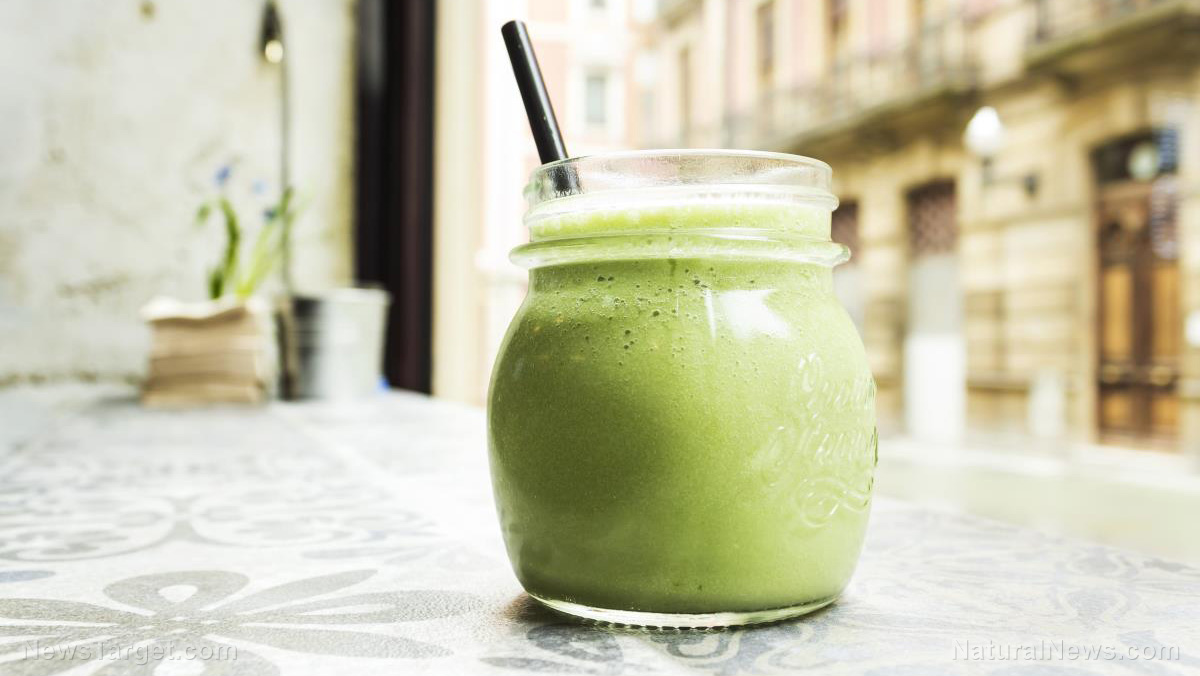Use these air purifying plants to eliminate harmful indoor toxins
07/28/2016 / By Vicki Batts
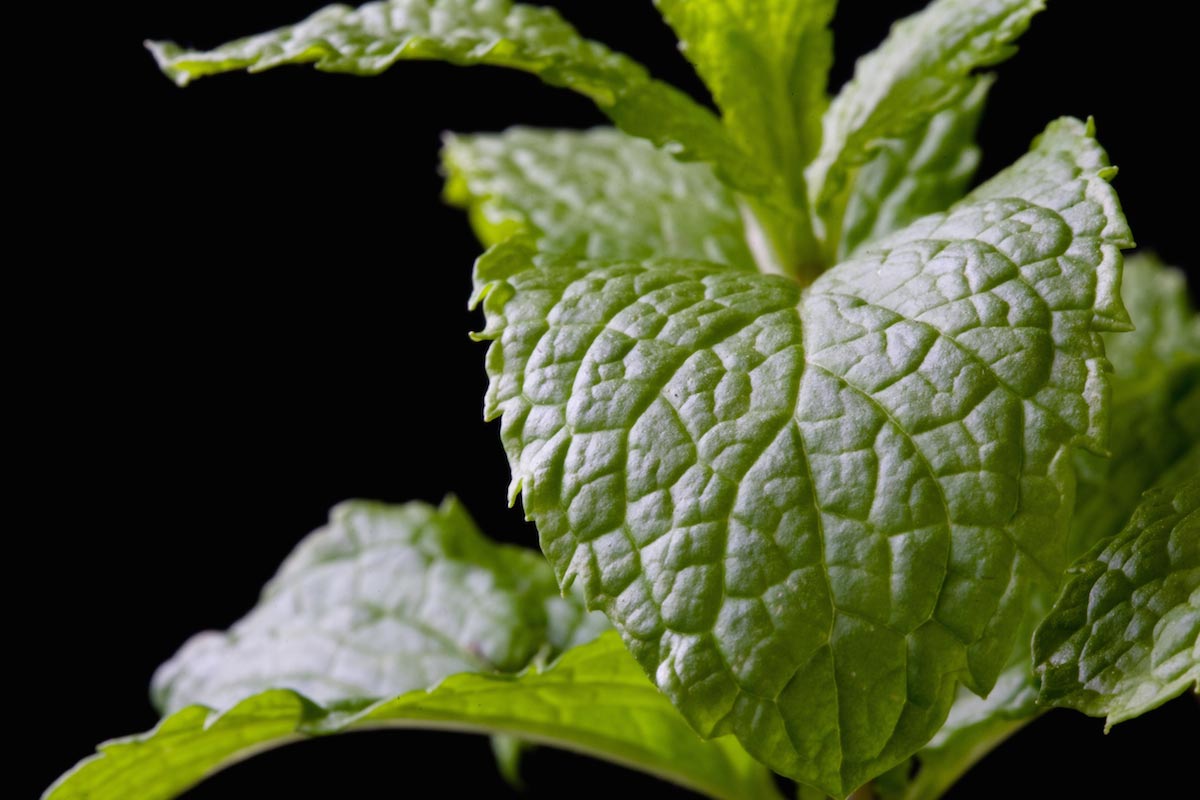
Do you ever really know what’s in the air you’re breathing? Chances are, probably not.
There are many pollutants in the air, even in the air inside your house. Carbon monoxide, nitrogen oxides, volatile organic compounds and airborne biological pollutants are just some of the many things that can be floating around in the air while you’re at home. These pollutants can contribute to the development of allergies, headaches, general fatigue and even more serious conditions like cancer or nervous system disorders.
Fortunately, nature has provided many air-purifying plants that can help to reduce the amount of toxins floating in the air of your home. You may even want to see about buying a little potted plant for your desk at work, if you can.
English Ivy is hands-down the number one air-purifying plant to grow indoors. It’s got incredible filtering abilities — it can even remove formaldehyde from the air! And it’s really easy to grow, making it ideal for those of us who do not have green thumbs. It can be hung or placed in a pot, and does well in medium temperatures with moderate sunlight.
Aloe vera plants are another great choice for air-cleansing. They help to boost the oxygen levels in your home, and absorb toxins such as formaldehyde, carbon monoxide and carbon dioxide from the air. Peace lillies are another great low-maintenance option for removing toxins from the air.
Spider plants and snake plants are also fairly low-maintenance, do well in cooler temperatures and don’t need a lot of sunlight or water. Spider plants are known for their ability to absorb toxins like benzene, styrene, carbon monoxide and formaldehyde. One spider plant can effectively filter a 200 square-foot room!
Snake plants are unique in that they release carbon monoxide from the air and release oxygen at night, rather than during the day, so having one in your bedroom might even help you sleep better.
The red-edged dracaena is a striking, tall plant that pulls double-duty as both a great decoration, and an air-purifier. The dracaena filters out several toxins from the air, such as xylene, trichloroethylene, and formaldehyde. Philodendrons are another great decorative choice, with their heart-shaped leaves and they are also easy to care for. Unlike the red-edged dracaena, which needs a fair amount of sunlight, philodendrons need only moderate amounts of sun and water to flourish.
There are many other houseplants that can help to filter the air you breathe and keep your living space fresh, clean and oxygenated, but these are definitely some of the best.
Sources:
Tagged Under: air purifiers, air quality, clean air, Plants, toxins


